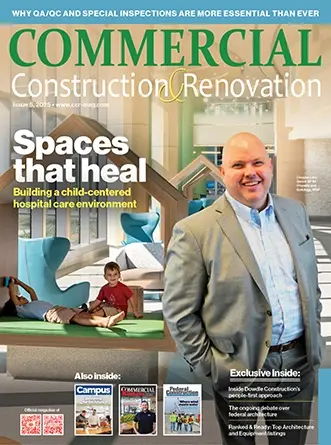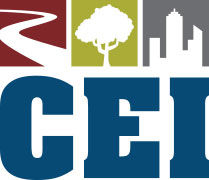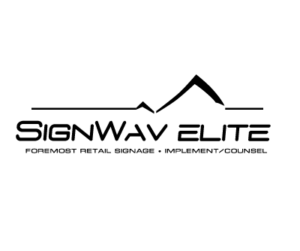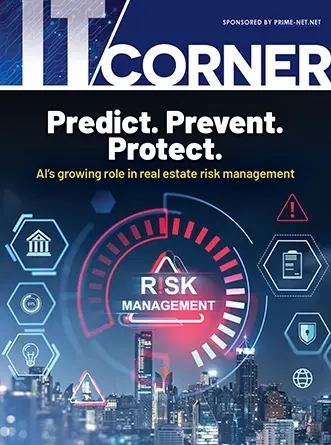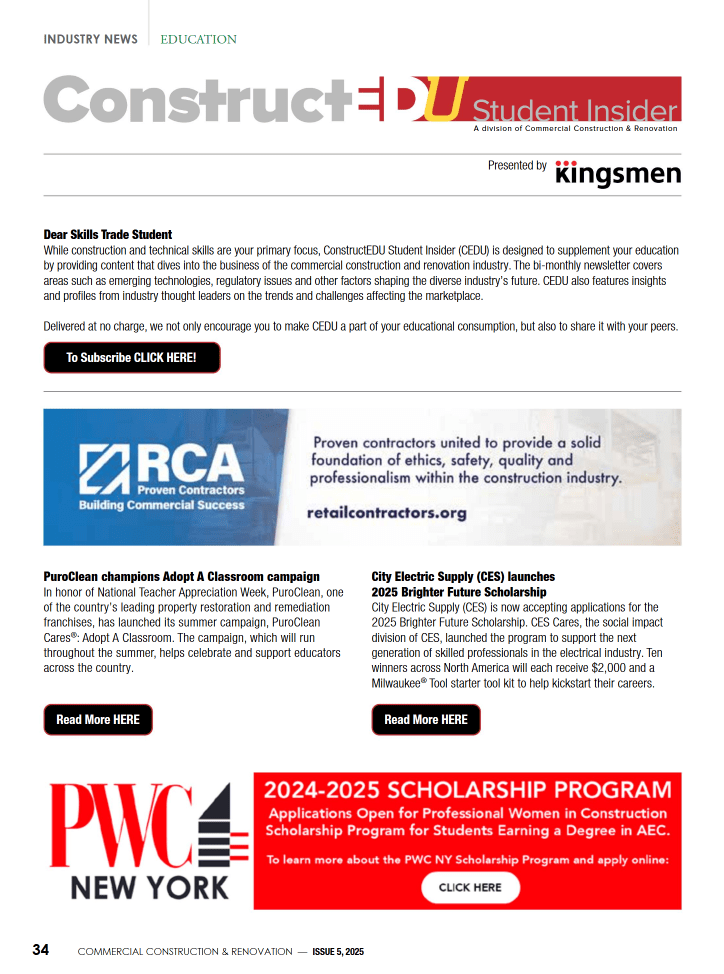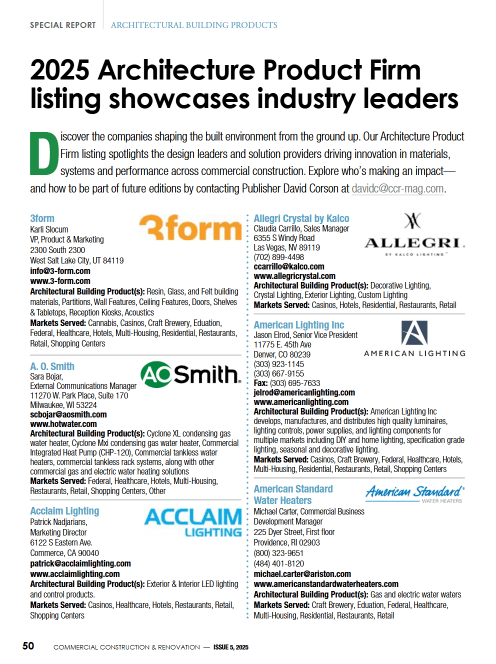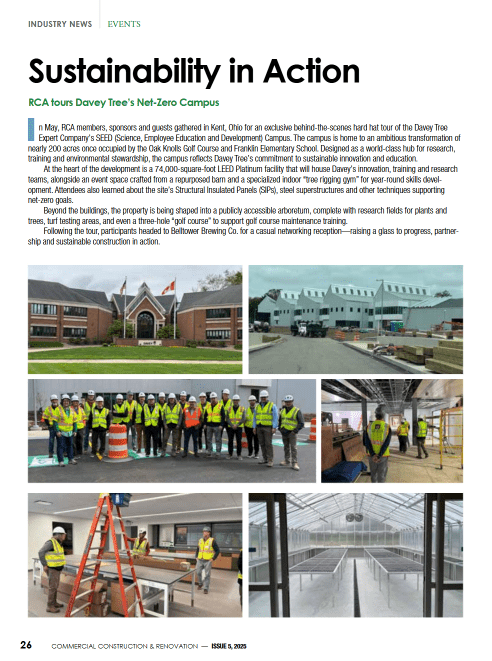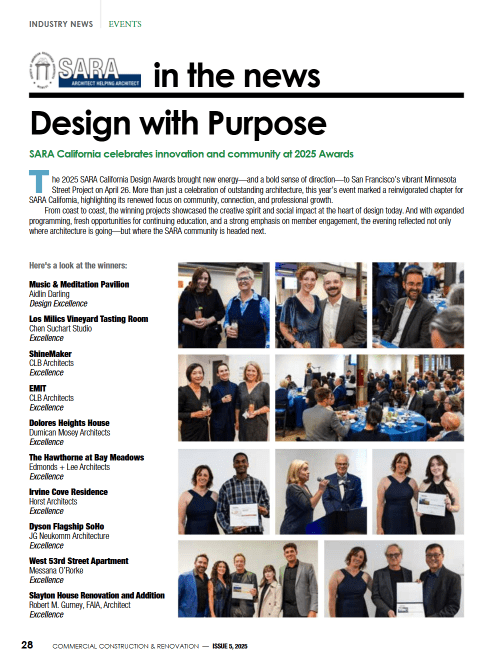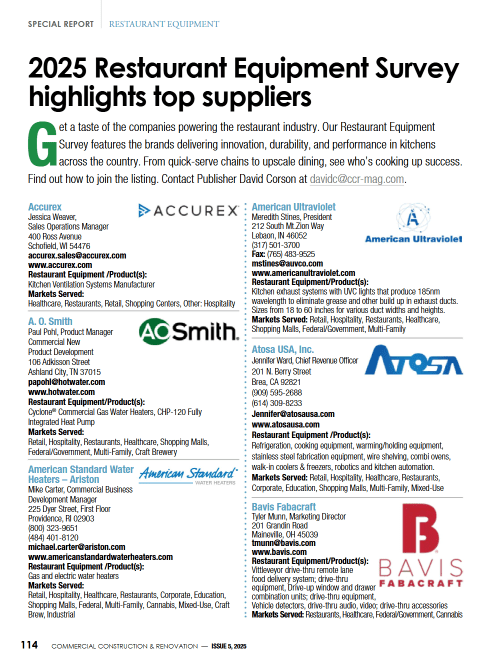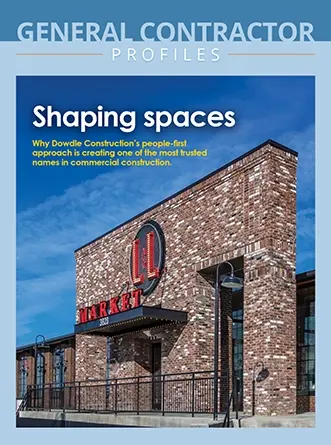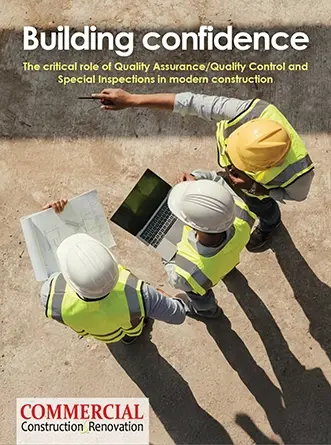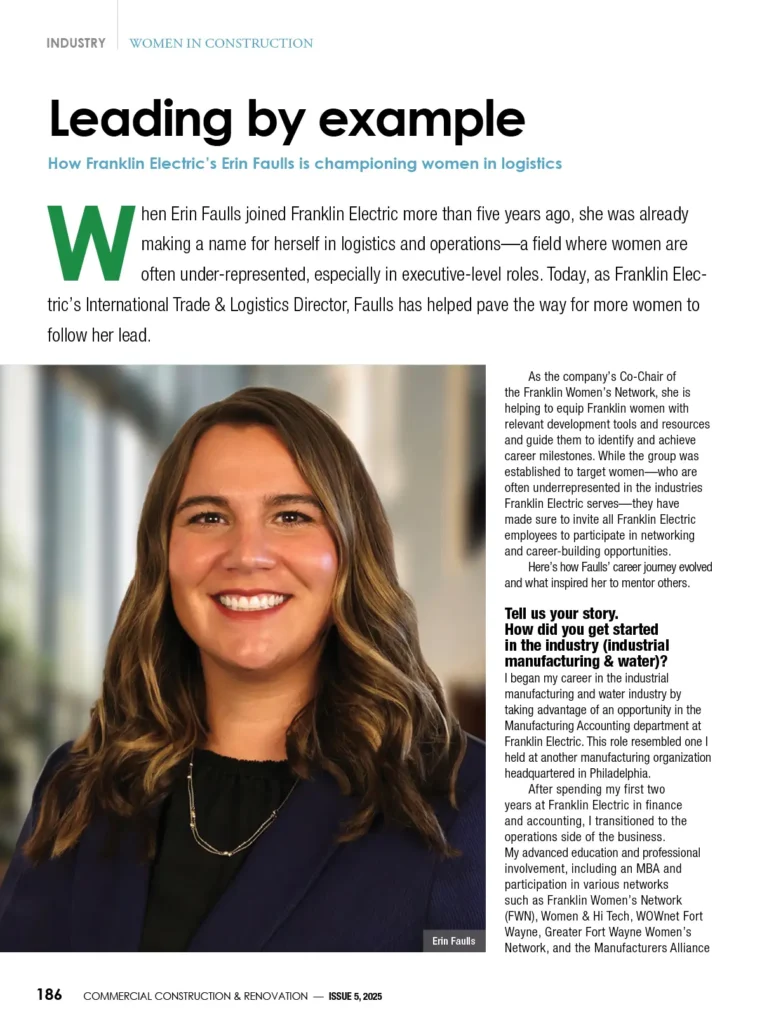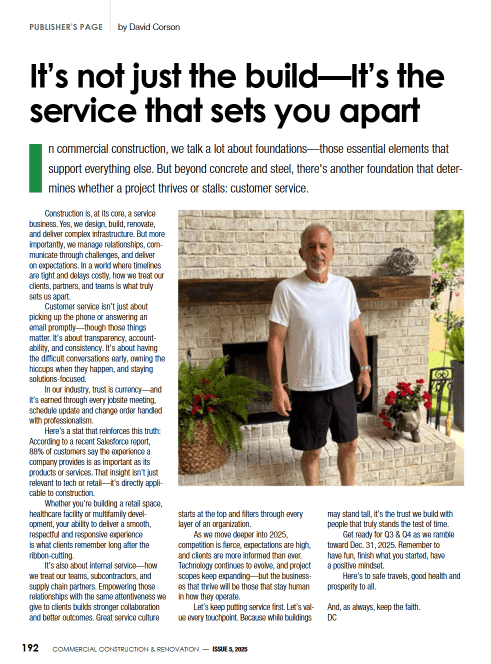For decades, industry has moved along in the background of public life. Companies and regulators have worked behind the scenes to ensure that hazardous—but critical—materials got from point A to point B safe, intact, and on-time to keep our cities and towns moving. However, the specifics of transporting hazardous materials (hazmat) around the country and the world has recently captured public attention.
Incidents like the recent East Palestine train derailment and explosion at a rail yard in Nebraska have put critical questions about the health and safety risks associated with moving hazmat like fireworks, gasoline, argon, and more at top of mind for everyday citizens. Now, they’re looking to regulators and industry leaders for reassurance.
Due to the complex regulatory landscape and even more complex processes involved in actually transporting hazmat, the public and private sectors have yet to reach alignment on practices and protocols to ensure events like those in Nebraska and Ohio are fewer and farther between. That will need to change in the coming months if we are to restore public trust in the institutions that both oversee and execute hazmat transport.
To do it, we’ll need to pursue widespread and bold action to strengthen the bonds between industry and government.
Unraveling the regulatory riddleThe dynamics at play between the private entities involved in hazmat transport and the regulatory agencies that oversee them are nearly as complicated as the processes they execute.
As is often true in critical infrastructure regulation, there is no one agency with authority over hazmat transport. The process touches environmental issues, zoning and land use, chemical storage, and more as well as multiple modes of long- and short-distance transportation. That is to say, everyone from the Environmental Protection Agency (EPA) to the Federal Regulatory Commission (FERC) to the Departments of Transportation, Agriculture, Homeland Security, and more may have a part to play in the process—not to mention the local and Tribal representatives that may govern different regions.
On the other side of the coin, there are the private operators in both transportation and chemical and other hazmat processing that must also align on processes that meet regulatory requirements while maintaining a resilient supply chain to support a diverse range of hazmat shipping needs. Much like the government agencies noted above, each business has its own interests and objectives which guide their decisions, partnerships, and procedures.
Better collaboration, safer processes
If the public and private organizations invested in hazmat transport are to succeed in restoring public trust in their commitment to health and safety, they will need to work to strengthen their existing ties and foster trust between them. Doing so will require both sides to come to the table with an open mind and a willingness to work together to secure the industry’s future.
While both parties will need to make adjustments, the push must start with governance. To begin, federal and local agencies should work together to standardize existing guidance across their ranks. Take liquified natural gas (LNG), the market for which is rapidly expanding, for example. LNG supply chains utilize pipelines, ships, and railcars, leading its transport to be regulated by FERC, the Department of Energy (DOE), DOT, and the Coast Guard, each with their own language and rules. And that’s in addition to any agencies that oversee the facilities in which its cooled and stored.
It’s a lot to manage, and the task will only become more convoluted as the material’s popularity grows. Beginning the task of reconciling and standardizing LNG transportation guidance now will be a big help to businesses, making it easier to not only comply with but to understand the motivations behind the rules and embrace the benefits that come with them.
To be clear, “simplifying” doesn’t mean loosening Hazardous Material Regulations (HMR) or easing up on enforcement. It means looking at all applicable guidance holistically and finding ways to reconcile competing or confusing elements into a single source. This will help smooth the path for more enthusiastic collaboration.
The next step is establishing open lines of communication between parties to encourage self-reporting and proactive problem-solving. Both groups will need to collaborate to develop a framework for this program and commit to separating enforcement processes from information-sharing endeavors. This will help quell businesses’ concerns that self-reporters might face consequences for raising issues or concerns.
Of course, industry leaders will also need to stay open and flexible. They must be willing to balance industry’s guiding mission—to provide value to customers—with the government’s desire to protect people and the environment. Critically, all parties must shift their thinking and accept that neither goal will be reached unless they find more effective ways to work together to improve the ecosystem at large.
Moving forward, together
With so many diverse stakeholders and interests guiding hazmat transportation’s trajectory, it’s not surprising that the journey to alignment is ongoing. However, finding a model that works for everyone will be critical if those in the field hope to present a united front on health and safety for another group: the public.
The Pipeline and Hazardous Material Safety Administration (PHMSA) is already making efforts in this regard, having established the LNG Center for Excellence, an initiative focused on building cross-sector partnerships. Other markets may benefit from following this model, which aims to bring together leaders from both private and public organizations to discuss the challenges we all face. It’s this approach that will help government and industry collaborate and coordinate to drive economic success, research, innovation, and safer outcomes for citizens, communities, the environment, and businesses.
These shifts will be difficult at first, as the logistics of change on this level inevitably come with growing pains. However, with energy demands rising and environmental concerns at top of mind, the effort will send a compelling message to the public: we’re all working together to keep you safe and secure.
Author: John Sanders, Senior Program Manager, ABS Group.

